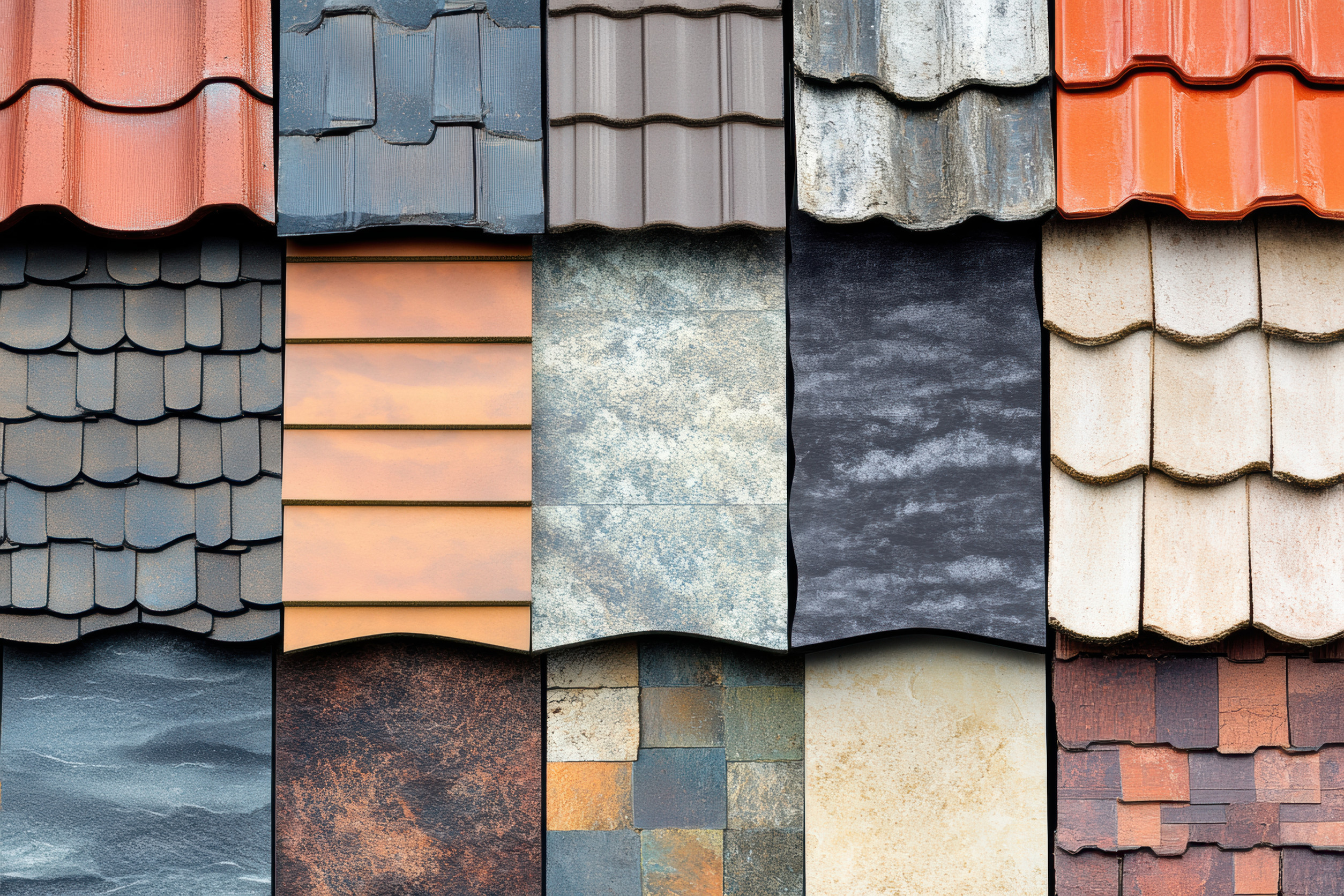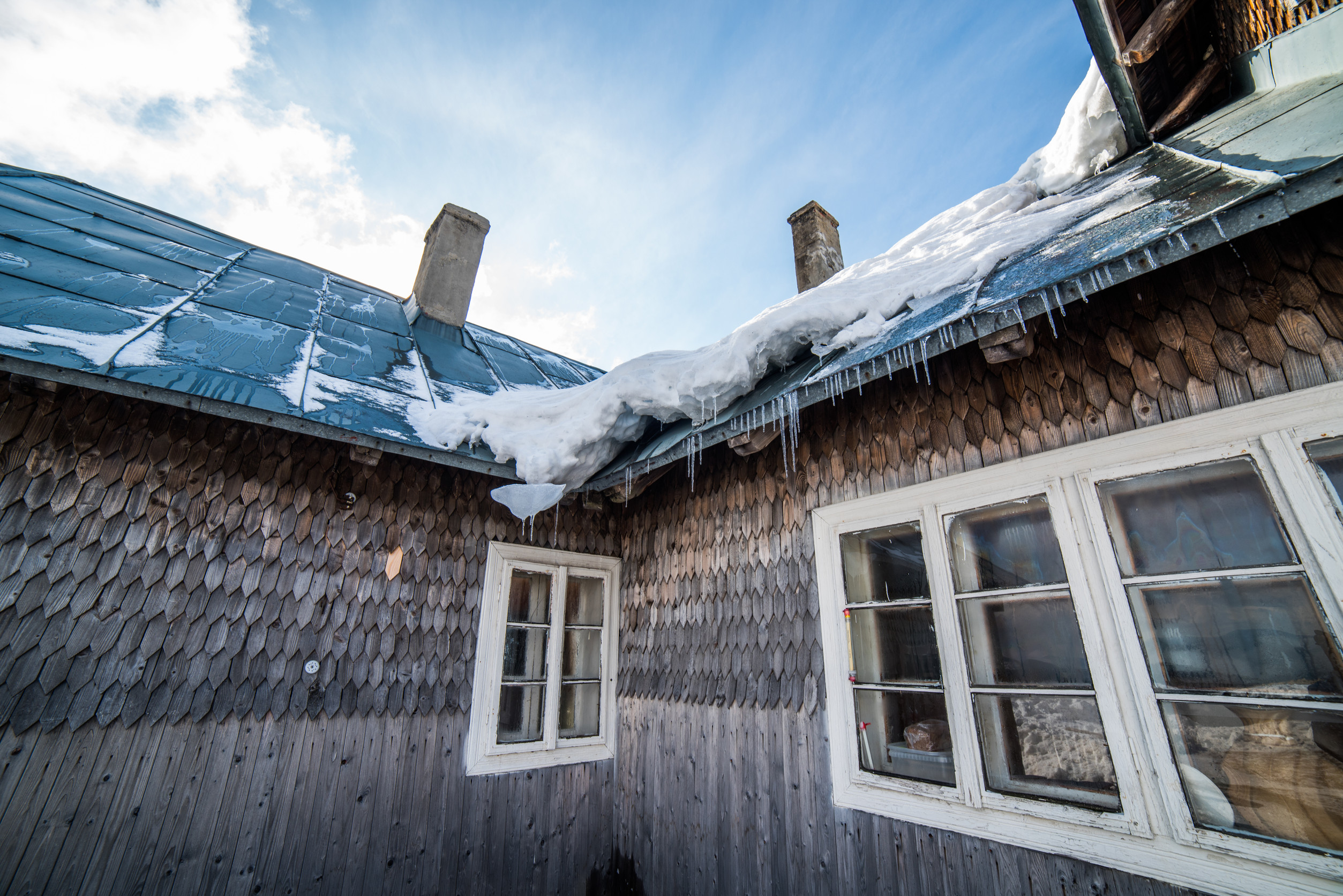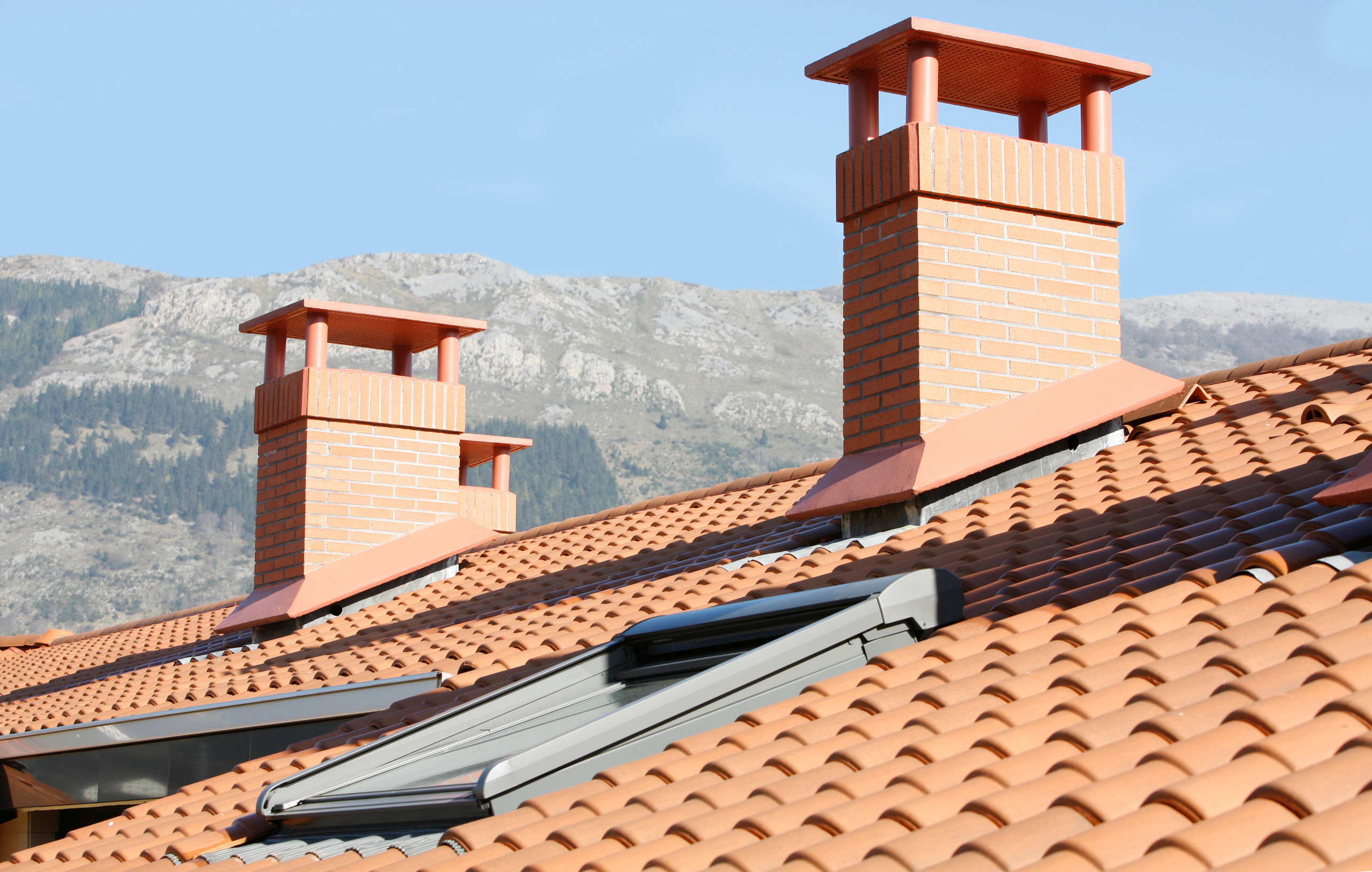How to Prevent Mold Growth in Your Roof
Your roof does more than just protect your home from the elements—it also plays a major role in preventing moisture buildup that can lead to mold growth. Mold on or under your roof is more than an eyesore; it’s a sign of hidden moisture issues that can affect your roof’s structure, indoor air quality, and even your family’s health. In this article, we’ll explore the causes of mold growth on roofs, warning signs to look for, and expert strategies to keep your roof mold-free for years to come.
Understanding Mold Growth on Roofs
Mold develops in areas where there’s moisture, warmth, and organic material to feed on. Roofs are particularly vulnerable when ventilation is poor, shingles are damaged, or water accumulates after rain or snow. When these conditions persist, mold spores can thrive—especially in humid climates like East Tennessee.
Common types of roof mold include:
- Black mold (Stachybotrys) – Often grows under shingles or in attic spaces with excess moisture.
- Mildew – Appears as light gray or white patches, usually on the roof’s surface.
- Algae and moss – While not technically mold, they often coexist with it and accelerate roof decay.
Over time, mold can weaken roofing materials, leading to leaks, wood rot, and insulation damage.
Common Causes of Roof Mold Growth
- Poor Roof Ventilation
Without proper airflow, heat and moisture can build up in your attic, creating the perfect environment for mold. Proper roof ventilation helps regulate temperature and moisture levels, preventing condensation that fosters mold. - Roof Leaks
Even a small leak can cause mold growth. When water seeps under shingles or into attic insulation, it often remains unnoticed until mold has already spread. - Clogged Gutters
When gutters are filled with leaves and debris, water backs up onto the roof and seeps beneath shingles. This trapped moisture is a breeding ground for mold and algae. - Improper Insulation
Insufficient insulation allows warm, moist air from inside your home to reach the roof, where it cools and condenses. - Debris Buildup on Roof Surfaces
Organic materials like leaves, twigs, and dirt trap moisture on your roof. Regular roof cleaning can prevent this problem.
Warning Signs of Mold on Your Roof
If you suspect roof mold, look for these common indicators:
- Dark streaks or patches on shingles.
- Musty odors in your attic or upper rooms.
- Discolored or damp insulation.
- Peeling paint on ceilings or walls.
- Increased allergy symptoms or respiratory issues.
A professional roof inspection from RC Roofing, LLC can help identify mold early before it causes extensive damage.
How to Prevent Mold Growth on Your Roof
1. Ensure Proper Roof Ventilation
Ventilation is one of the most critical defenses against mold. Ridge vents, soffit vents, and attic fans allow moisture and hot air to escape. RC Roofing, LLC specializes in professional roof ventilation installation and repair to keep air circulating effectively.
2. Keep Gutters Clean and Functional
Schedule seasonal gutter cleaning to remove leaves and debris. Clean gutters ensure that rainwater drains away properly rather than pooling near your roofline.
3. Inspect Your Roof Regularly
Perform visual inspections twice a year—ideally in spring and fall. Look for missing shingles, debris buildup, or discoloration. For a more thorough evaluation, schedule a professional roof inspection through RC Roofing’s inspection services.
4. Repair Leaks Immediately
Addressing even minor leaks right away can prevent major moisture issues. RC Roofing, LLC provides fast, professional repair services to stop leaks before they turn into mold growth.
5. Install Algae-Resistant Shingles
Modern shingles are available with copper granules that resist mold and algae growth. If your roof is older, consider upgrading during your next replacement project.
6. Trim Overhanging Branches
Tree branches that hang over your roof can block sunlight and drop debris, trapping moisture. Trimming them back helps improve air circulation and reduces shade where mold thrives.
7. Maintain Proper Insulation
Adequate attic insulation helps regulate temperature and prevent condensation. This is especially crucial in colder months when warm air from indoors can meet cool roofing surfaces.
Why Professional Maintenance Matters
While DIY maintenance helps, nothing beats the precision of a professional roofing contractor. Expert inspections include thermal imaging, moisture detection, and ventilation checks that uncover hidden problems.
At RC Roofing, LLC, we don’t just fix mold issues—we prevent them. With over 20 years of experience serving East Tennessee, our certified team ensures your roof remains strong, healthy, and mold-free.
We offer:
- 10-Year workmanship warranty on shingles
- 5-Year warranty on metal roofing
- 50-Year non-prorated warranty through the manufacturer
- Certified low-slope roofing expertise
- Ventilation and ridge vent installation
- Free estimates with detailed photos and assessments
Benefits of a Mold-Free Roof
Keeping your roof free from mold not only improves aesthetics but also:
- Extends the life of your roofing system.
- Improves indoor air quality and reduces allergens.
- Increases energy efficiency through better insulation and airflow.
- Maintains your home’s resale value and curb appeal.
If you’re unsure about your roof’s condition, it’s best to schedule a free inspection and consultation through RC Roofing’s contact page.
When to Call a Professional
If you see black streaks or suspect water damage in your attic, don’t wait. Mold spreads quickly and can compromise structural components like rafters and decking. A professional roofer can assess the situation, repair leaks, replace damaged materials, and apply mold-resistant coatings for long-term protection.
RC Roofing, LLC serves Maryville, Knoxville, Sevierville, Townsend, and the surrounding East Tennessee communities with trusted roofing solutions designed for our region’s unique climate.
Protect Your Roof, Protect Your Home
Mold growth on your roof is more than a cosmetic problem—it’s a warning sign of trapped moisture that can cost thousands in repairs if ignored. Regular inspections, cleaning, and proper ventilation go a long way toward preventing it.
Whether you need a professional inspection, a roof ventilation upgrade, or preventive maintenance, RC Roofing, LLC has you covered with trusted service, transparent estimates, and industry-leading warranties.
Explore our full range of services:
Keep your roof—and your home—strong, safe, and mold-free with RC Roofing’s expert care.
Frequently Asked Questions
How can I tell if my roof has mold?
Look for black or green streaks on shingles, musty odors in your attic, or discolored insulation. A professional inspection can confirm mold presence and its extent.
Does roof mold mean my roof is leaking?
Not always, but it often indicates moisture intrusion. Mold can form from condensation or poor ventilation even without an active leak.
How can I prevent mold after roof replacement?
Proper ventilation and regular inspections are key. RC Roofing ensures new installations include ridge vents and balanced airflow to prevent future mold issues.
Can mold damage my roof’s structure?
Yes. Over time, mold can weaken wood decking and rafters, leading to expensive structural repairs if not treated promptly.
Will insurance cover mold removal on my roof?
Coverage depends on the cause. Mold resulting from sudden damage (like a storm) may be covered, but neglect-related mold usually is not.
Is pressure washing a good way to clean mold off a roof?
No. Pressure washing can damage shingles. Instead, use gentle cleaning methods or hire professionals for safe mold removal.
How often should I inspect my roof for mold?
Twice a year—typically in spring and fall—or after major storms. Regular inspections help catch issues early.
What’s the best roof type for preventing mold?
Metal roofs resist mold better than asphalt shingles. However, proper ventilation and maintenance matter most regardless of material.
Can RC Roofing remove existing mold?
Yes. Our team can safely remove mold, repair damage, and install protective measures to prevent recurrence.
How do I schedule a roof inspection with RC Roofing?
You can request a free inspection and estimate directly through our Get a Quote page. Our experts will provide photos and detailed recommendations for your roof.







